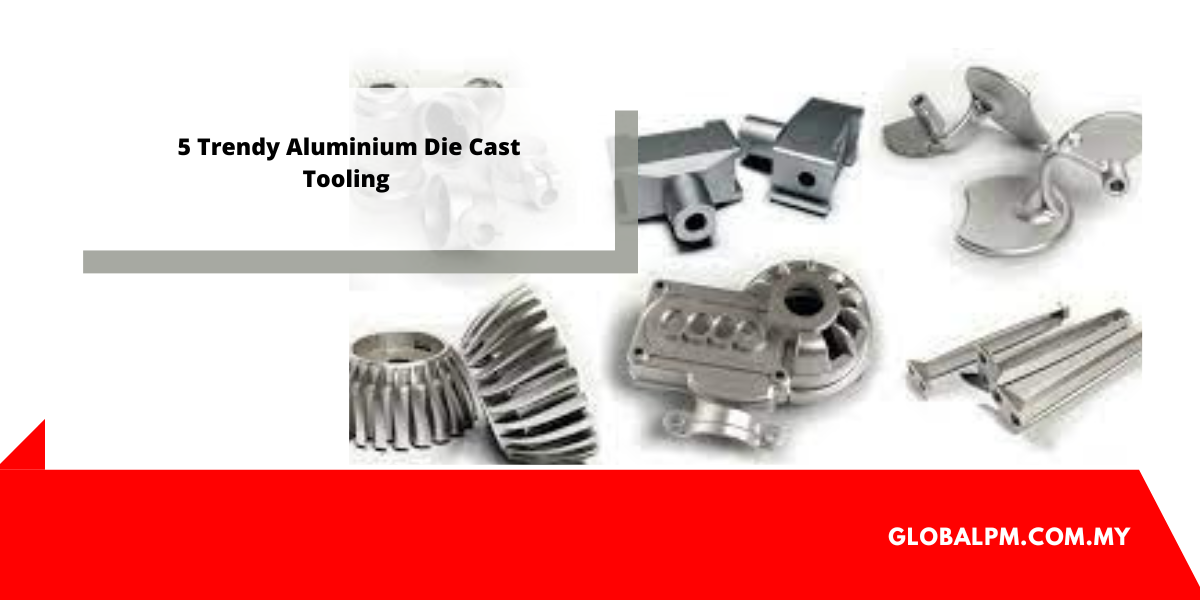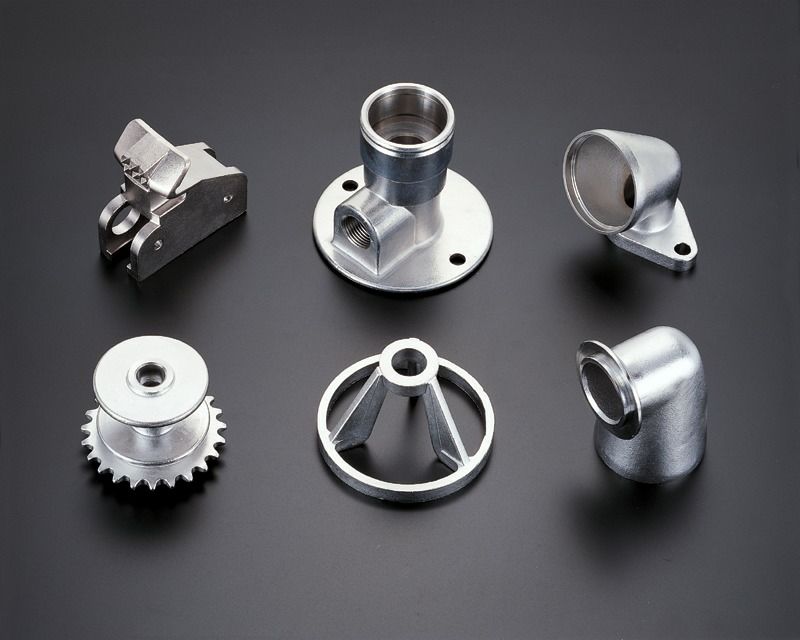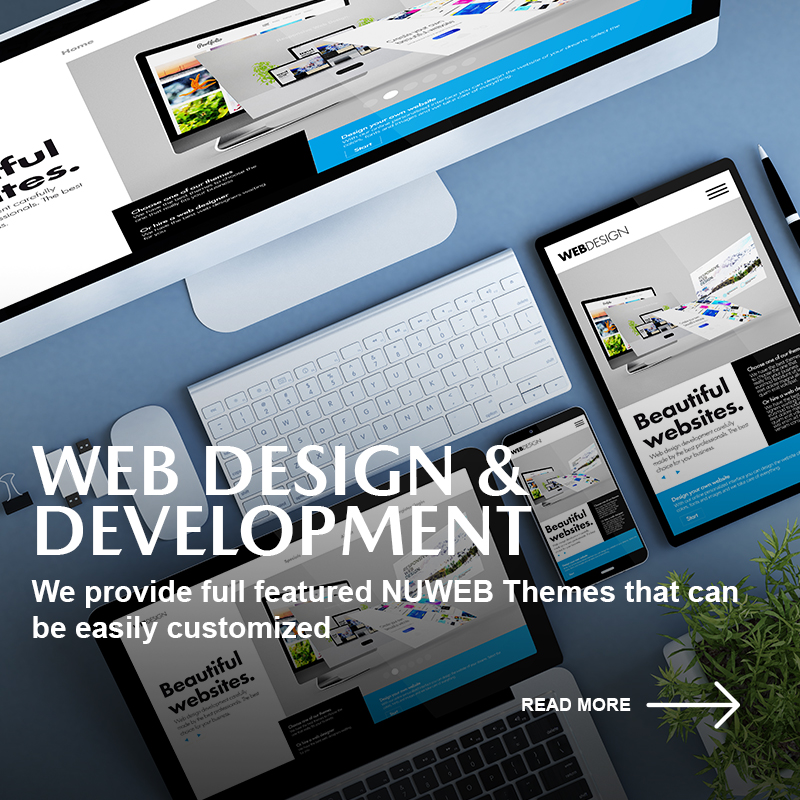The tools or molds used to create aluminium components are referred to as die cast tooling. In the aluminium die casting process, molten metal is forced at high pressure into a mold cavity or tooling to produce intricate and complicated components that are incredibly exact and consistent.
In order to cast aluminium, die casting machines are often equipped with two parts: a fixed half and a mobile half of the tooling.
The tooling is opened and the component is withdrawn once the piece has hardened. Under increasing pressure, the molten aluminium is injected into the tooling chamber.
Design and fabrication of aluminium die-casting tools are crucial for the success of the die-casting process. When the object has hardened, the tooling must be able to remove it and facilitate the appropriate flow of molten material out of the mold cavity.
These five trends and enhancements introduced by technology developments are shaping the future of aluminium die-cast tooling.
- Adding Value in Manufacturing
Utilizing additive manufacturing (AM), it is possible to create cooling channels, core and cavity inserts, and other components for aluminium die-cast tooling.
In comparison to conventional methods, AM can provide a number of advantages for the production of aluminium die-cast tooling. One significant advantage of additive manufacturing is its ability to produce complicated geometries and patterns that would be challenging or impossible to produce using traditional methods like CNC machining or milling. It enables the creation of more intricate cooling channels, resulting in faster cooling and shorter cycle times.
The ability to use additive manufacturing to produce traditional cooling channels is another benefit of aluminium die-cast tools. In order to properly fit the geometry of the component being manufactured, 3D cooling tubes may be created, which improves cooling efficiency and reduces the possibility of damage or faults in the final product.
Additionally, AM can speed up the process of making aluminium die-cast tooling. In contrast to conventional methods, which typically take many weeks to complete, AM can produce tools in a few days. This can be helpful, particularly in industries where time-to-market is crucial.
- Tools That Are Integrated
The term “integrated tooling” describes the use of many manufacturing processes to produce a finished item. In the context of aluminium die casting, integrated tooling refers to the procedure of creating a finished item while utilizing both machinery and tooling.
Production is sped up by seamless tooling in aluminium die casting thanks to automated procedures and cutting-edge machinery. Robotic systems may be used to load and unload components from molds, as well as to monitor and optimize the process parameters.
With integrated tooling, costs may be reduced, productivity can be raised, and the consistency and quality of the finished product can all be enhanced. It is an essential method of manufacturing used in many fields, such as consumer products, electronics, the automotive and aerospace industries.
- Die Cast Tooling Automation
The industrial sector is being transformed by automation, and aluminium die-cast tooling is no exception. Automated tooling systems increase consistency, decrease mistakes, and increase production efficiency.
To manage the machinery needed to automate the die-casting of aluminium, one can use robotically controlled automated die-casting machines. There are several ways to automate a process, such as:
Process of fully automated die casting:With this approach, everything is mechanized, from loading the raw ingredients to removing the completed product. The tooling for the casting machine and other related tasks are handled by automated robots.
Process for semi-automated die casting:In this process, some die-casting tasks are still done by hand while others are entirely automated. For instance, even though autonomous robots may handle the tooling, a person is still needed to feed the raw ingredients into the die-casting process.
The process of casting aluminium in dies may be automated robotically. Robots can handle the mold, lubricating, and cleaning tasks, which accelerates and enhances the process.
- aluminium Die Cast Tool Simulation and Analysis
The modeling and analysis of aluminium die-cast tooling is a useful tool for improving the design and production of aluminium castings. Software tools that may be used include AutoCAD, SolidWorks, and Moldflow, to name just a few.
One of the key benefits of using simulation and analysis software is the ability to identify any faults or issues before the casting process begins. As a consequence, less expensive rework or component scrapping will be required, which can save costs and save time.
The ability to improve tooling design to ensure a successful and efficient casting process is another benefit. Placing gates and runners in the ideal positions can help minimize the possibility of permeability and other faults.
Using simulation and analytic software, it is possible to monitor the flow of molten metal throughout the casting process, which can assist to refine the casting parameters and lower the likelihood of faults.
- Industry 4.0 with IoT (Internet of Things)
These cutting-edge technologies are revolutionizing the industrial industry. Businesses may take advantage of these benefits, which include higher production, lower costs, and better product quality.
Every stage of the aluminium die-casting process, from melting the metal to cooling the mold, can be tracked and reported using IoT technology. IoT sensors may be placed at various points during the process to collect data on elements like pressure, temperature, and humidity.
This data may be analyzed in real-time, allowing manufacturers to identify flaws right away and change the process to ensure consistent quality.
With the aid of Industry 4.0 technology, the tooling process for aluminium die-casting may be automated. Robotics may be used to do this because they can be programmed to do specific tasks, such pouring molten metal into a mold and removing the finished object from the mold.
This automation can increase output and lessen the likelihood of errors, enhancing the quality of the finished product and cutting expenses for the business.
IoT and Industry 4.0 advancements may often considerably improve the aluminium die-cast tooling processes, leading to increased production, improved product quality, and cost savings for businesses.
Are you looking for solutions for high-quality aluminium die casting supplier in Malaysia? Consider Global-Pacific Manufacturing alone! To find out how their knowledgeable staff can assist you with your manufacturing needs and advance your company, get in touch with them right away.







